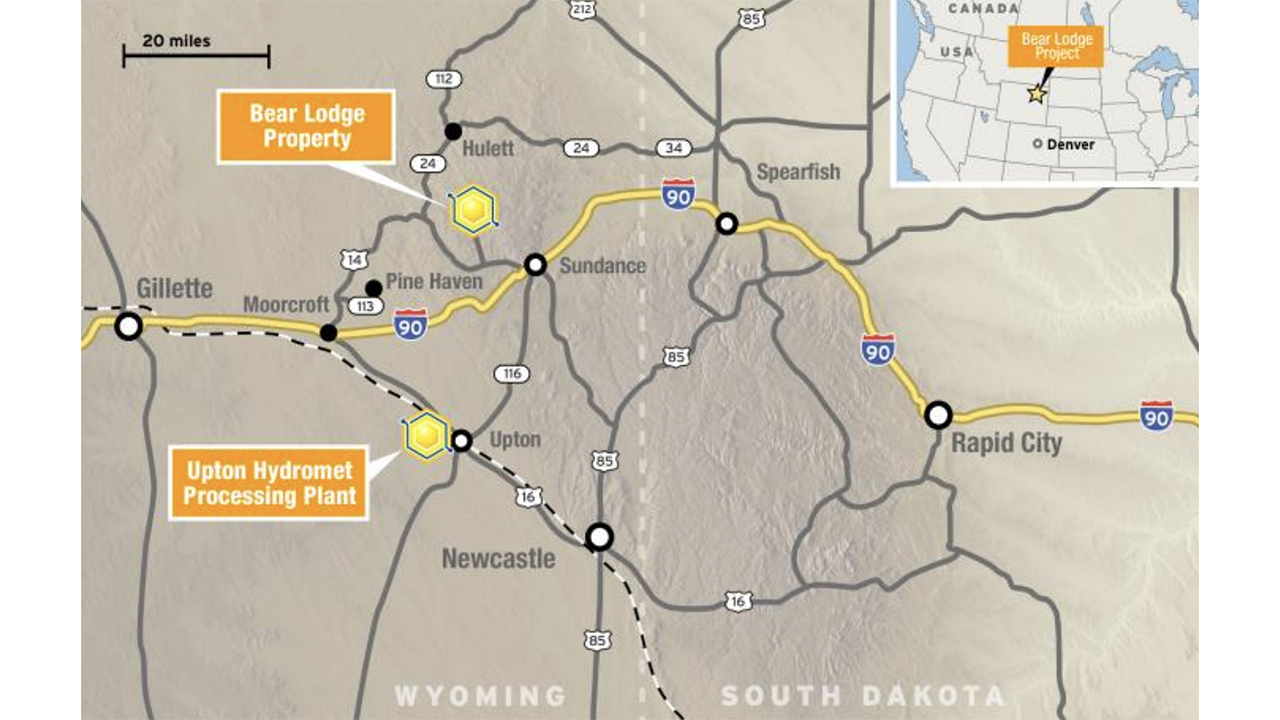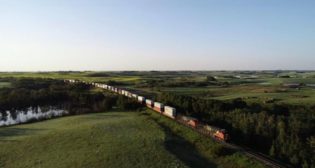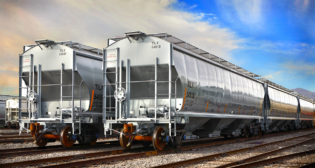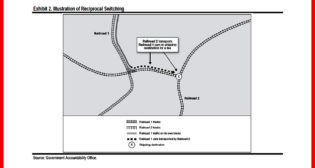
RER Plans Rare Earth Element Demonstration Plant in Wyoming
Written by Marybeth Luczak, Executive Editor
Map showing proposed location of a Rare Element Resources, Inc., (RER) separation and processing demonstration plant. (Courtesy of RER)
Radioactive waste materials from a proposed Rare Element Resources, Inc., (RER) plant in Wyoming would be handled by rail, according to the U.S. Nuclear Regulatory Commission (NRC), which has issued a Finding of No Significant Impact (FONSI) and Environment Assessment for the company’s request for a source materials license accompanying the construction and operation of the rare earth element separation and processing demonstration plant.
“In the demonstration plant, RER proposes to use its proprietary process to extract and concentrate neodymium-praseodymium (NdPr) and other rare earth oxides (REOs) from an approximately 907 metric-ton (1,000-ton) exploration sample obtained from RER’s Bear Lodge site in the Black Hills National Forest in Wyoming,” NRC reported in the July 27 edition of the Federal Register (download below). “During processing, thorium in the exploration sample would be concentrated to a level necessitating a source material license from the NRC in accordance with the provisions of part 40 of title 10 of the Code of Federal Regulations (10 CFR), ‘Domestic Licensing of Source Material’. As required by 10 CFR 51.21, the NRC prepared an EA [Environment Assessment] that documents the NRC staff’s independent evaluation of the potential environmental impacts of RER’s activities at its proposed Upton, Wyoming facility. Based on the analysis in the EA, the NRC staff has concluded that there would be no significant impacts to environmental resources from RER’s proposed activities and, therefore, a FONSI is appropriate.”
RER’s processing would produce solid waste and wastewater streams, according to NRC. “Both waste streams would be neutralized with quicklime and then combined in a batched process,” the Commission reported. “RER would add bentonite as needed to absorb excess liquid in the combined tailings waste. RER expects that nearly 100% of the radioactive material from the processed ore sample would be contained in the tailings waste. RER would transfer the tailings waste to a 27-metric ton (30-ton) roll-off bin and store the waste onsite prior to planned weekly waste shipments by rail to the Waste Control Specialists (WCS) low-level radioactive waste disposal facility located in Andrews County, Texas.”
RER proposes to locate the demonstration plant on an approximately eight-acre parcel of privately owned land, approximately 2 miles northwest of Upton, Wyo. According to NRC, RER plans to operate the plant for one year, processing the exploration sample at a rate of three tons per day. (Download the RER fact sheet below.)
The need for the proposed action, according to NRC, is that rare earth elements, which include the lanthanide series of elements along with yttrium and scandium, are essential in many applications in today’s economy, including electric automobiles, smart phones, camera lenses, advanced wind turbines, computer hard drives, fluorescent and light-emitting-diode bulbs, magnets, additives in ceramics and glass, and military systems. It noted that several U.S. governmental agencies have identified “the growing need and reliance in the United States” for rare earth elements. The Department of Energy, it said, has identified rare earth elements “as strategic resources for economic prosperity and national defense of the United States”; the U.S. Department of the Interior published an updated final list of critical minerals that includes many of the rare earth elements; and the U.S. Department of Defense has identified rare earth elements “as critical to future defense applications.”



